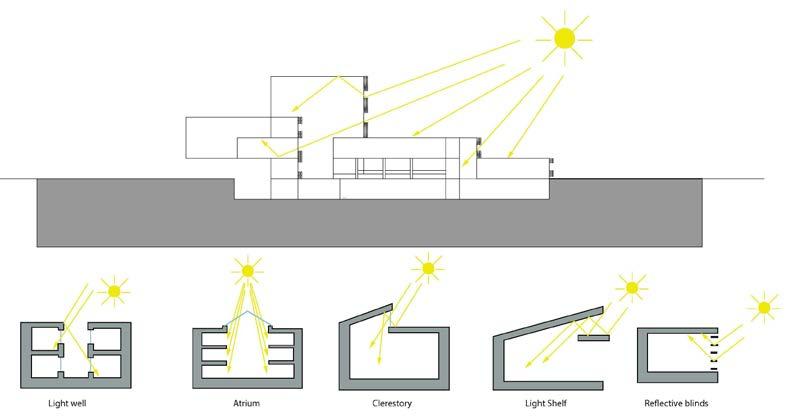
1 minute read
THE DOORS OF CULTURE

With a starting point of learning about doorway culture and design in Tokyo and Chicago, and thinking about how new materials and technologies transition into contemporary architecture, also plan to make scale model to apply these ideas to contemporary architecture and design.
Advertisement


Tradition Japanese doorways are so popular in Japan’s culture that they have come to be known in the western part of the world as one of the characterizing features of Japan and are definitely an iconic symbol of the country. Japanese gates have specific religious meaning, and more or less canonized building structure. In order to deeply discover different period doorway of traditional Japanese buildings, I took a lot of photos in Japan, not only in Tokyo but also in Nara, Kyoto, and Osaka. Taking inspiration from these cities, my fragments of memories evoke me to continue learning about transitions in Japanese traditional technology.











